New agenda, sessions in Grenoble, and walking away with an embedded board
Did you notice? We’ve made significant changes to our next public training sessions.
First of all, partnering with CALAO Systems, we are opening new public sessions in Grenoble.
In the upcoming sessions, we also offer a new training agenda, covering embedded Linux system development in full detail. Until recently, our public trainings dedicated approximately 3 days to kernel integration and device driver development, and only 2 days to real-time and to developing the system itself. The new sessions will still cover kernel configuration, (cross)compiling and usage, but will leave Linux kernel and driver development to dedicated sessions.
The new training sessions will thus cover the below topics:
- Introduction to embedded Linux
- Bootloaders
- Configuring, (cross)compiling and booting a Linux kernel
- Block filesystems
- Flash filesystems – Manipulating flash partitions
- C library and cross-compiling toolchains
- Embedded system development tools
- BusyBox and other lightweight tools for embedded systems. Graphical toolkits
- Debugging and profiling tools
- Implementing realtime requirements
- Udev and hotplugging
- System optimizations
- Practical lab: implementing a multimedia system
For the first time too, each participant will walk away with an embedded board from CALAO systems. After the training sessions, you will then be able to go on practicing with the new technologies that you discovered, and to build your own system prototypes.
You will find more details in the description of our public training sessions.
If there is enough demand, we will propose other public sessions in September 2009, this time on Linux kernel and device driver development. Don’t hesitate to contact us if you are interested in such a session. We could even make it earlier if enough people are interested.




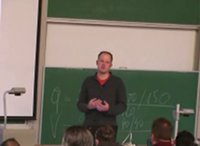
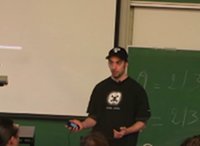

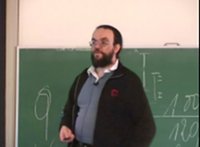
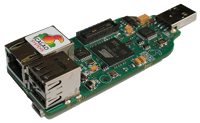 2 USB 2.0 host ports, allowing to connect any type of device. In particular, we are thinking about USB mass storage and webcam devices.
2 USB 2.0 host ports, allowing to connect any type of device. In particular, we are thinking about USB mass storage and webcam devices.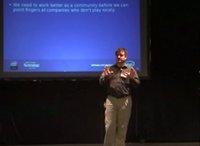
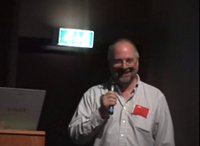
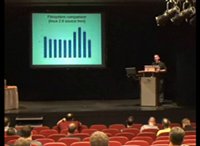
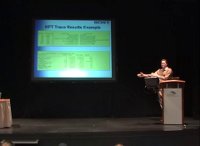

 .
.